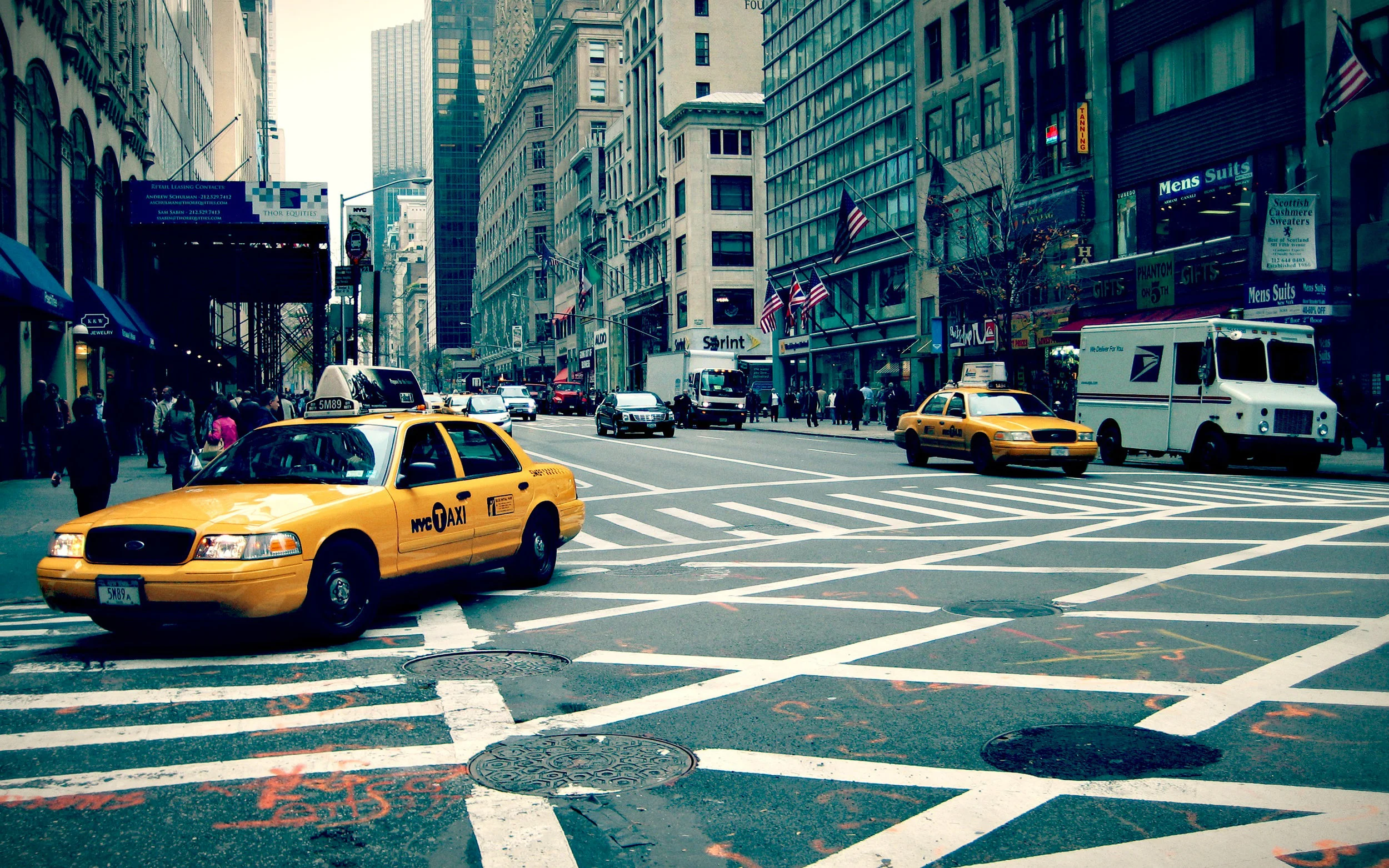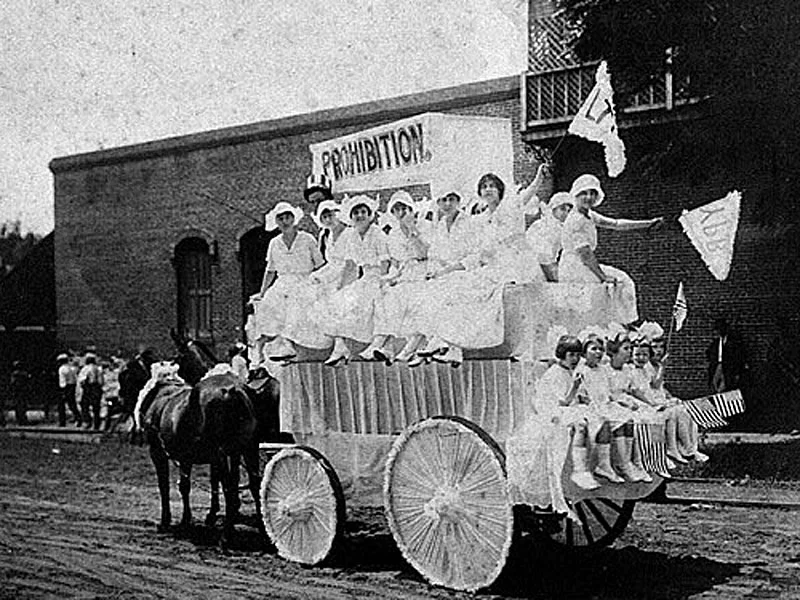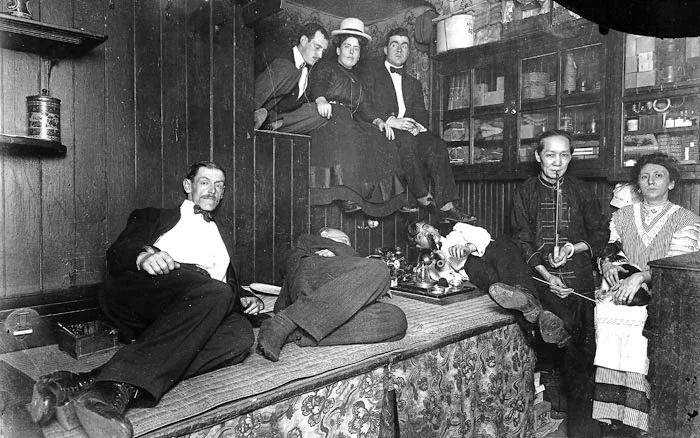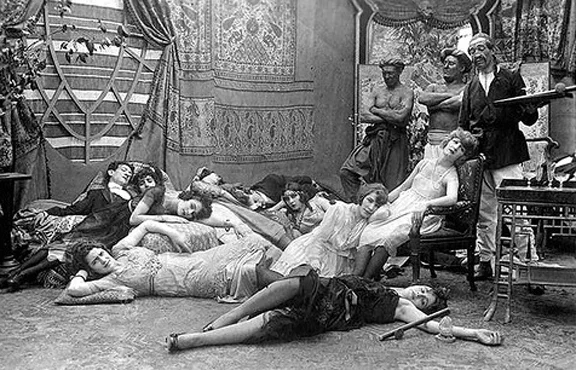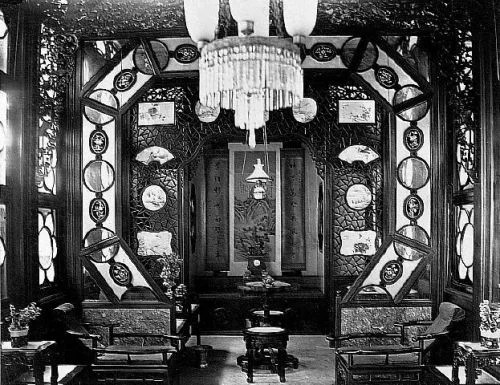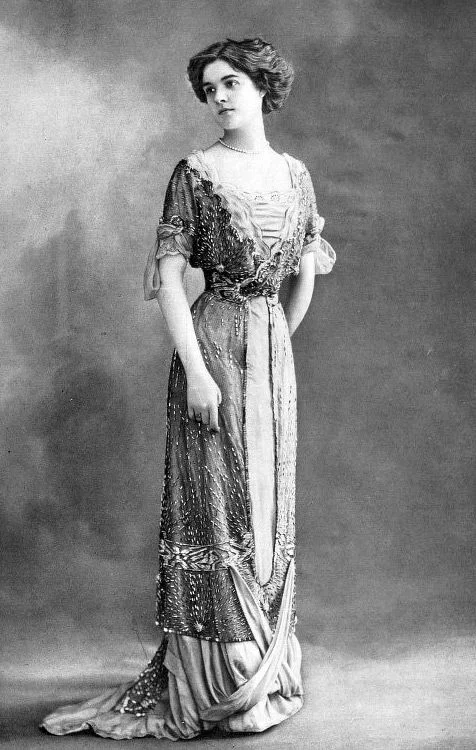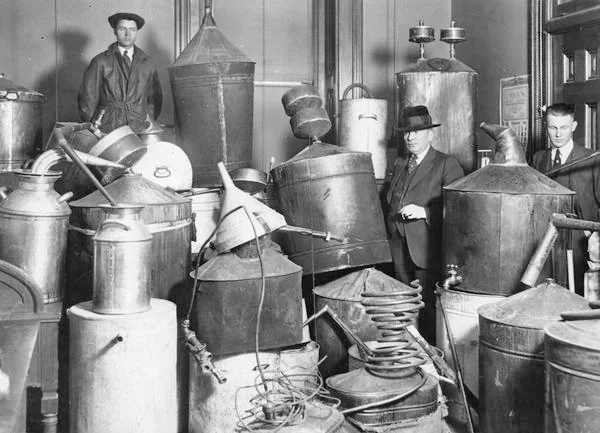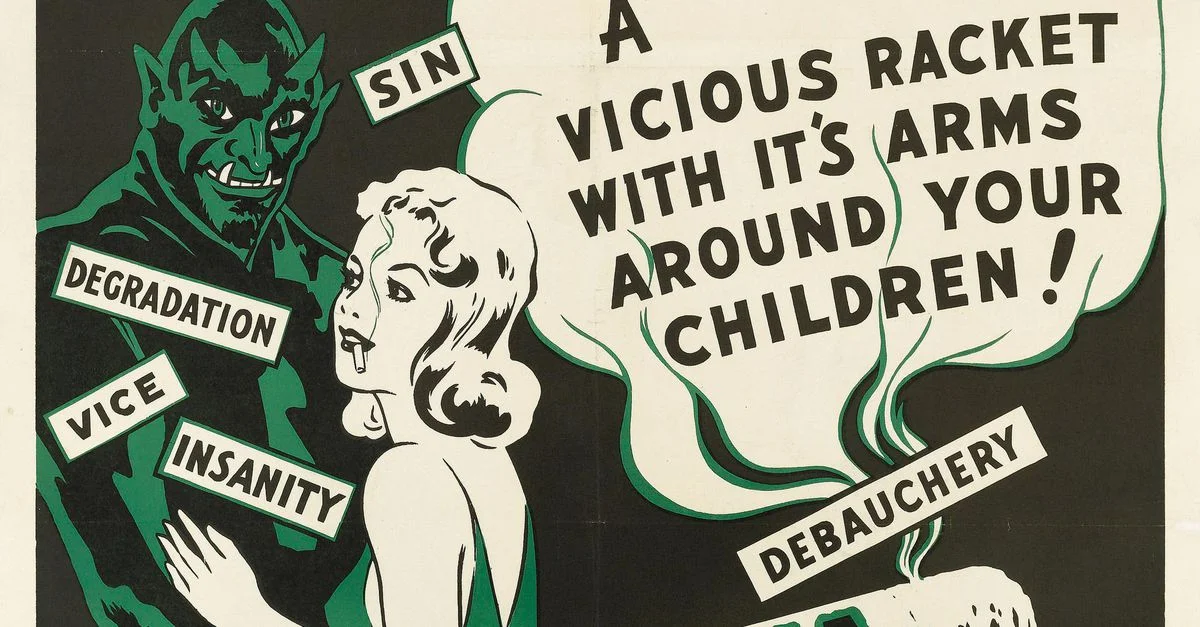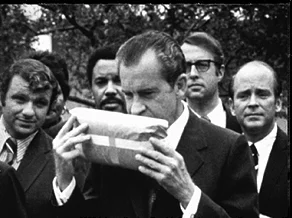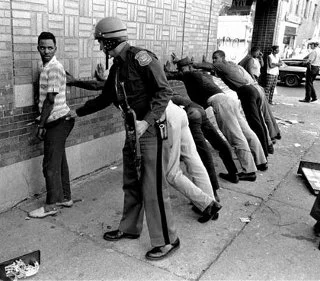Last Tuesday, four states including California, Massachusetts, Maine and Nevada legalized recreational marijuana usage joining the four states of Colorado, Oregon, Washington, Alaska and the District of Columbia where recreational marijuana is already legal.
I've lived in San Francisco for two years now after having spent seven in New York City; every time I return to the East Coast I'm amazed by the stigma still surrounding marijuana even in progressive areas. In my experience, marijuana use in NYC is more taboo than even cocaine.
On the West side of the country, marijuana is commonplace; used instead of a glass of wine to relax or socialize.
In order to understand the slow re-legalization of cannabis, we first need to understand the social context in which it (and other drugs) were banned and the severe racial implications that lie beneath.
Written by Krisann Kuecher, Esq.
The story of how marijuana, or any drug, came to be illegal in this country is not very old. The temperance movement around the turn of the 20th century, famously leading to alcohol prohibition from 1919 to 1933, gained momentum first in local municipalities around the country and ultimately resulted in the federal government enacting substance bans for the first time in American history.
Prohibition supporters, Hawkinsville, GA, 1919
Throughout most of the United States’ young existence, it was believed government had no business regulating what one chose to intake or which state of mind one chose to live. The government's authority was solely based on the consent of the governed - their freedoms willingly surrendered to promote safe interaction between each other.
Minnesota Prohibition Supporters, late 1800s
The law, it was assumed, could not prevent the private use of mind-altering substances, from tobacco to opiates, so long as it didn’t infringe on the rights of others.
This social contract with the government began changing, however, when local and state legislatures began restricting the sale of alcohol throughout the 1800s, though many of these laws were overturned shortly thereafter.
Last call for alcohol, 1920
In 1875 the city of San Francisco, California passed the nation’s very first drug law locally banning the public sale of opium - an American pastime that spiked dramatically after the Civil War. The San Francisco law was motivated by a fear of the growing Chinese immigrant population and the monetary gains afforded them by the opium market.
Opium den, New York City, late 1800s
The law did not outlaw opium usage, however (that being beyond the gov's scope of power), and widespread opiate consumption continued in salons throughout the city.
Opium salon, early 1900s
When Congress passed the first federal restrictions on opium and cocaine in 1914 (Harrison Narcotics Tax Act), it reinforced racist undertones by prohibiting the smoking of opium (common among Chinese), yet allowing the drinking or injecting of it, both methods more popular among whites.
Upscale opium salon, early 1900s
Almost 3/4 of opiate users at the time were well-to-do white women, prescribed by their doctors for "female problems" such as boredom and "melancholy." These healthcare practices remained legal throughout Prohibition and long after.
Young Woman, 1910
In the years before the 1914 Harrison Act, racially motivated local laws, particularly in the South, outlawed cocaine aiming to control the "cocaine-crazed, sex-mad negroes" as stated by the Pharmacy Board of Pennsylvania. Despite contemporary research showing that African Americans used cocaine at much lower rates than white Americans at that time, Southern sheriffs increased the caliber of their weapons to curb these "menacing Negro cocaine-fiends" (New York Times, Feb 8, 1914).
African Americans, early 1900s
In the years following, Mexican Americans in the Southwest and African Americans in the South, were blamed for both regions' marijuana usage and states began passing local laws prohibiting cannabis.
Texas local business sign, 1920s
Federally, though, marijuana remained legal throughout the prohibition of alcohol - which, interestingly, was also a reaction to the many recent Irish and other European immigrant waves.
Even during Prohibition, liquor remained largely available, the sale and importation of which were outlawed; consumption, however, remained legal.
Moonshine still, 1920s
Liquor was smuggled in through Canada and brewed by "moonshiners" using make-shift - often explosive - secret distilleries. Harmful industrial alcohol, such as methanol, was chemically altered by "bootleggers" who sold it as regular drinking liquor (rendering many drinkers blind or dead).
"Cow Shoes" to disguise moonshiners' footprints, 1922
For those that didn't know the fine-points of distilling liquor or have the means to purchase and transport it, growing coca or marijuana plants was the alternative that many uneducated, rural persons chose (many of whom were direct descendants of slaves).
It wasn't until 1937 – nearly 18 years after alcohol's ban – that the sale of cannabis required a license and the federal Marihuana Tax Act imposed a tax on its sale.
The Federal Bureau of Narcotics Chief, Henry J. Anslinger, pushed increasing restrictions on marijuana throughout the 1940s with propaganda films, ridiculous and wild, claiming marijuana caused minorities to commit violent crimes, lure and rape white women and act in irrational ways (the most famous of which is titled Reefer Madness).
Poster, 1942
When the Jim Crow laws of the South were held unconstitutional in 1965, drug laws became their replacement. During the rise of the Civil Rights movement in the 1950s and 60s public fear resulted in incredible enhancements of punishment for drug possession; and selective enforcement of our drug laws against minorities rose.
In 1971 Richard Nixon declared a War on Drugs. It could have actually been called a war on African Americans who were demanding equality and "counter-culture" hippies protesting our involvement in the War in Vietnam.
President Nixon sniffs marijuana, 1970
When Nixon signed the Controlled Substances Act - further restricting drug use and healthcare's prescriptive practices - marijuana was lumped together with heroin and cocaine despite its posing a lower danger to health. Oval office tapes recorded the Nixon administration saying they purposely included marijuana in the Act to target blacks and anti-war protesters.
Since then, the number of U.S. prisoners has risen by 700%.
Equal Rights march, 1959
Today, the racial undertones of our drug laws continue. For example, possession of crack cocaine is punishable by a sentence one hundred times the sentence for the same amount of powder cocaine (the more expensive version the elite prefer). Alcohol remains absent from contemporary drug laws even though one can die from both alcohol withdrawal and overdose.
Police roundup, 1968
Right now, at only 5% of the world's population, our country incarcerates 25% of the world’s inmates. Approximately half of those jailed are nonviolent drug offenders and most (3/4) of those drug offenders are non-white, despite the fact that white Americans are shown to use illicit drugs at the same rate - roughly 9.5% - as black and hispanic Americans put together.
We have effectively removed a huge minority population from our society, stripping these citizens of their liberty and their right to vote.
Arizona State Prison-Kingman, 2015
The stigma still surrounding marijuana very well may be racially rooted even if many modern Americans have no idea they may be bias in this way.
Recreational marijuana becoming legal as more and more white Americans choose to partake makes sense. When white America demanded their booze back at the end of Prohibition, the 18th Amendment was overturned.
Speakeasy during Prohibition
The legalization of marijuana, a fairly tame drug, is not just about fun. It will benefit the lives of those imprisoned for pot possession. If only a small step toward equal rights, it will reverse a decades-old discrimination policy.
--Krisann Kuecher is a criminal defense attorney in Chicago. She continues to defend those whose lives and families are affected by our current drug laws - particularly urban youth. Like her Facebook page Construction of Justice.


